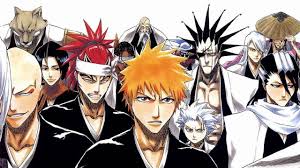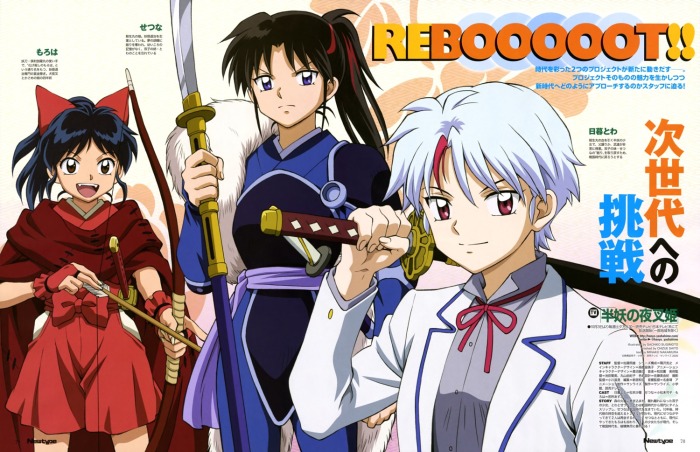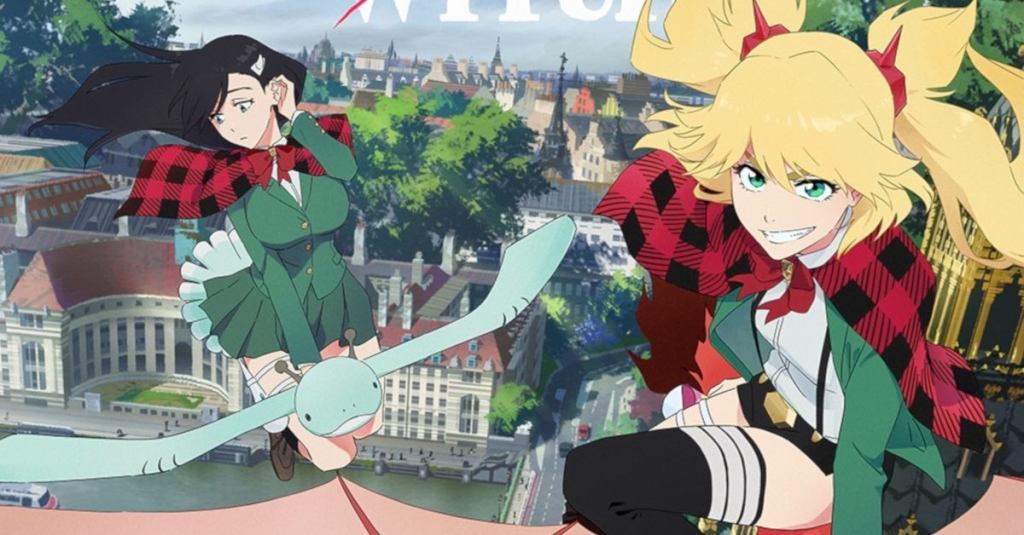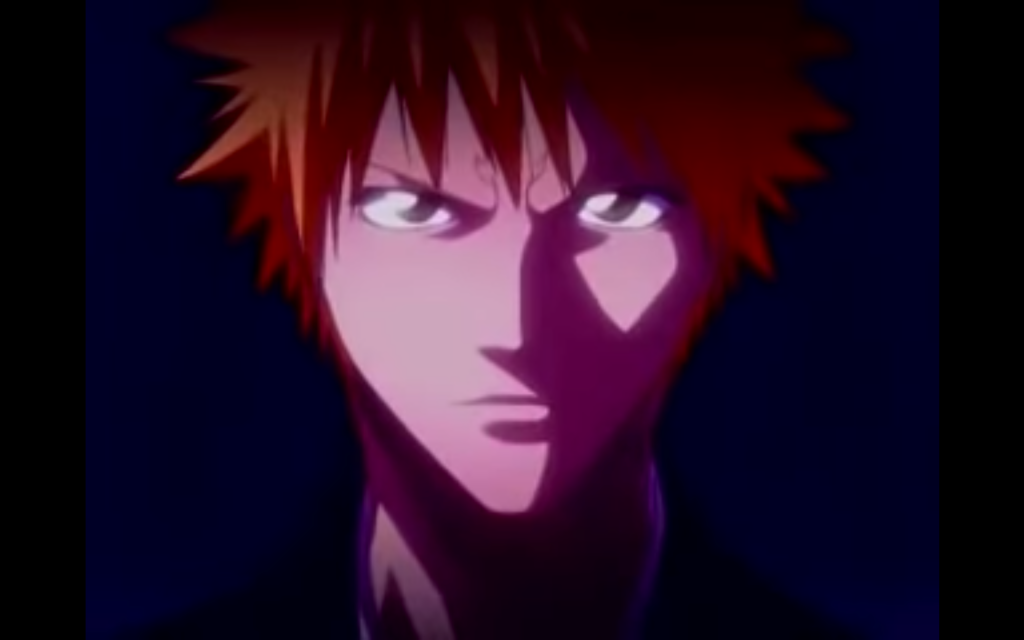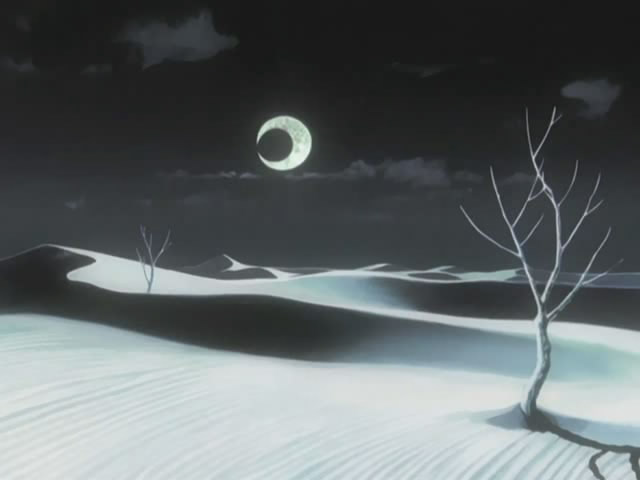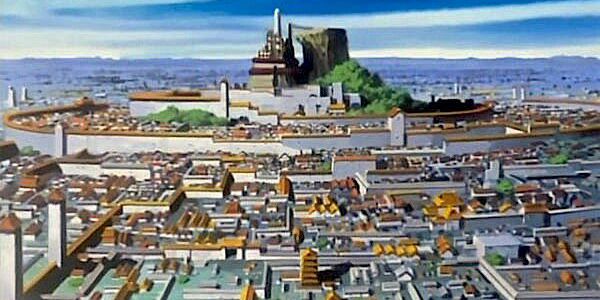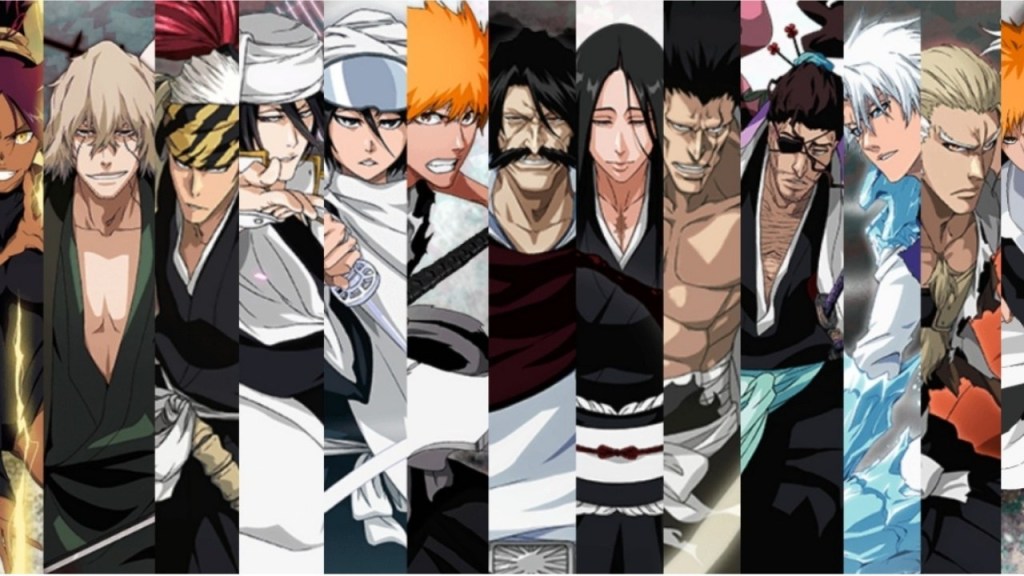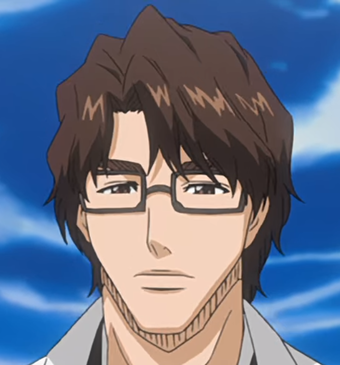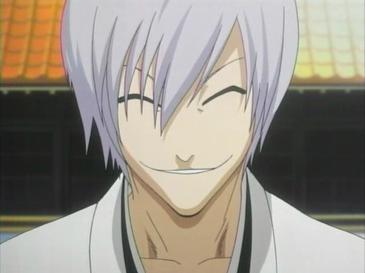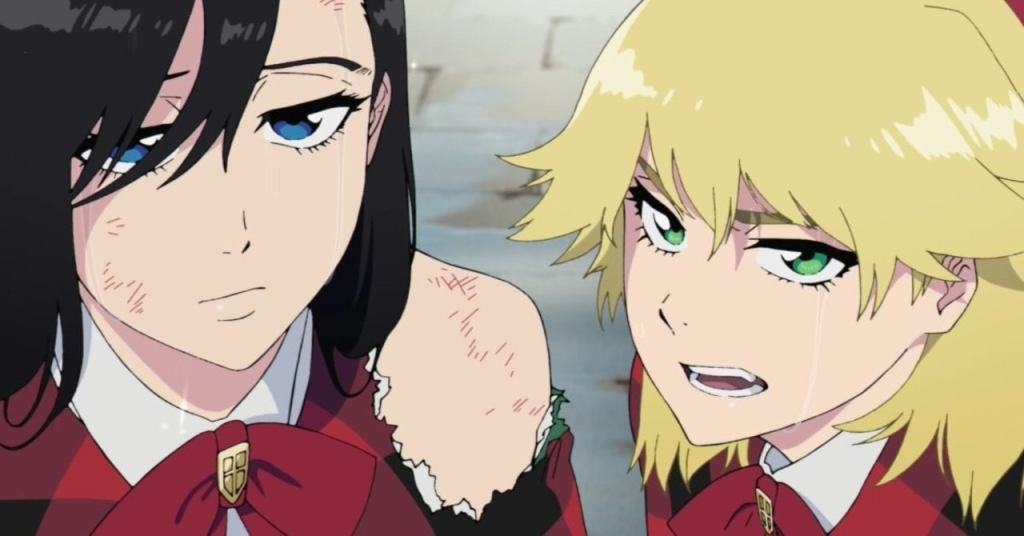Hello my friends, welcome to another entry of my blog.
I want to apologise for not having written in quite a long time. I have been very busy, training new people at work, and that can be a tough assignment, especially if you have to be learn everything as well at your own, but I am also doing a course of Mental Boundaries that I hope it will really help me a lot.
Now, I am back with more February reviews. And I will start this with the following question:
What is a monster?
Is it an entity with grotesque features that horrifies and disturbs us with its sole presence?
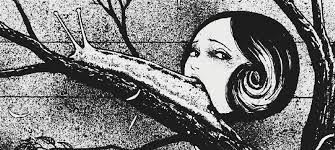
Or it is a human being so horrendous, so evil, so perverse that his/her own actions makes us doubt about the purpose of our existence?
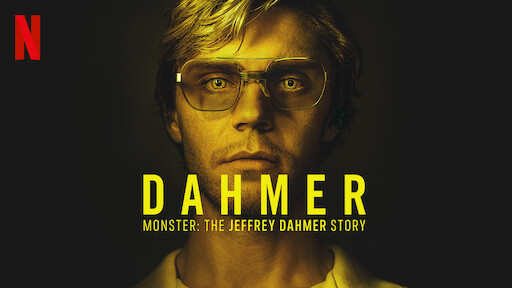
I was thinking about this question for quite a long time, and from my perspective, I came with the following answer, a personal onw – it is that “thing” able to twist our values of humankind in a way we never imagine, pushing us into a valley so unknown, and so weakening that we can do nothing but scream.
In other words, the embodiment of our most primigeneal fears, reason of why the works of H.P. Lovecraft is so compelling, or the design and presentation of the Darkness Devil are so terrifying.
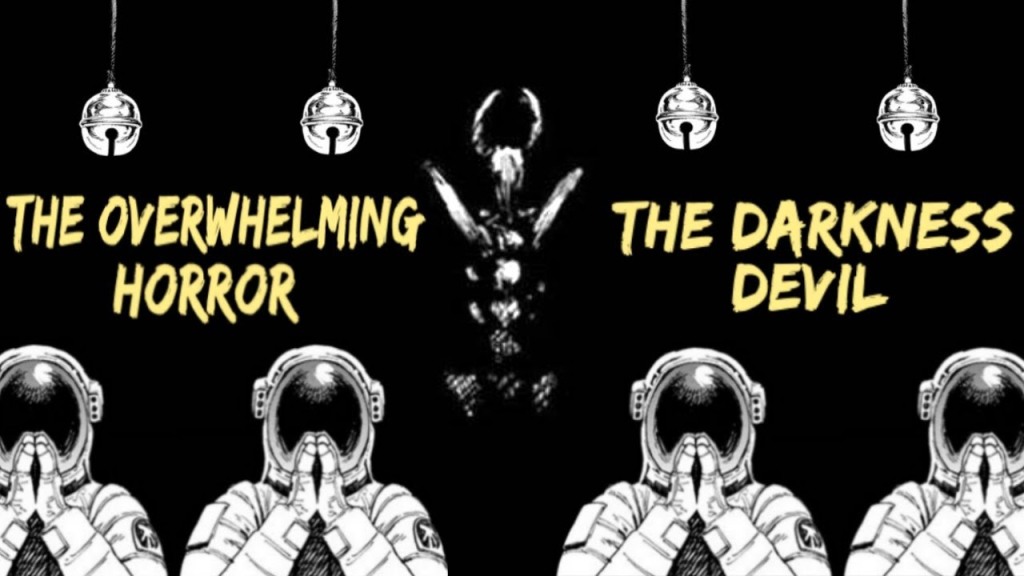
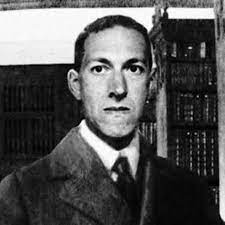
Anyway, having said that, I want to talk about one of the best anime I have every seen. And I am still watching. Behold…
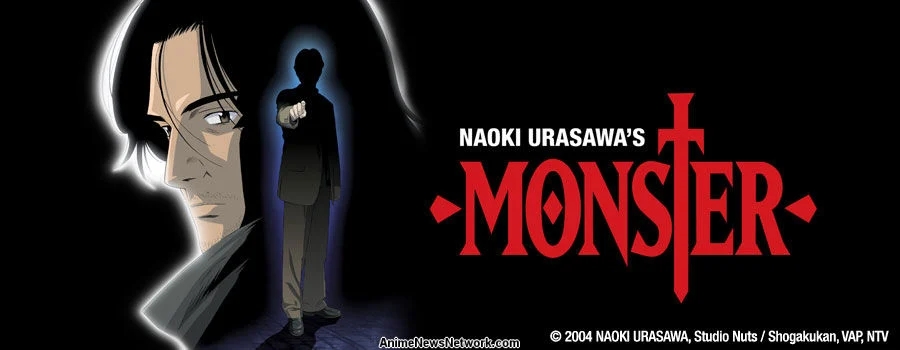
Remember that fantastic story of sci-fi, thriller called 20th Century Boys? Well. The author also wrote this amazing story.
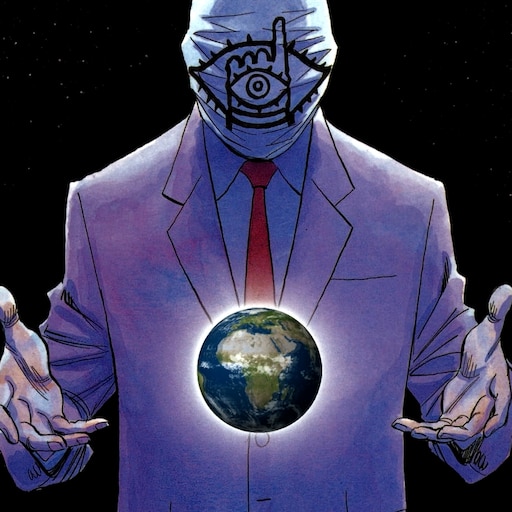
But before I start, I must ask you all the typical Question.
Are you guys ok? Feeling healthy?
If the answer is yes, then I am happy. Now, let’s go with… Naoki Urasawa’s Monster.
PREMISE

Based on the same manga written and illustrated by Naoki Urasawa (I will never stop to repeat it), Monster follows Kenzo Tenma, a Japanese doctor and surgeon working in Dusseldorf, Germany. Dr. Tenma has everything at the Eisler Memorial Hospital, a promising career, a beautiful fiancée, Eva Heinemann, and the respect of his colleagues. Very admired and required, Dr. Tenma is anything but happy, because the Hospital does not actually treat every patient alike, instead, opting for the most important ones and the ones with better political connections.
One day, Dr Tenma is called to operate the Mayor Roedecker, but instead, Kenzo operates a young boy called Johan Liebert, who was shot in the head after a mysterious incident in which his parents were killed, and his twin sister was injured. Dr. Tenma successfully operates Johan, at the cost of the life of the Mayor. As a consequence, Tenma is demoted, his engagement called off and his colleagues ostracise him. In other words, his career is destroyed.
Frustrated, Tenma talks to Johan and wishes that the one that took his position, his boss, Director Udo Heinemann, was dead.
Afterwards, many of Tenma’s colleagues, including Director Heinemann, are found dead on mysterious circumstances. Despite the shock Tenma got because of the deaths, he is immediately promoted as Chief of Surgery.
Nine years later, Dr. Tenma must operate a criminal, called Adolf Junkers, who keeps claiming that “a monster is coming”. That night, Adolf finds the police that watched over him dead, panicked, he runs away with Tenma following him. Both arrived into a construction project, where Junkers is brutally murdered by one mysterious figure in the dark.
To Tenma’s horror, that person is none other than Johan Liebert, the same boy Tenma saved nine years before.
Overcome, or shall I say… overwhelmed by guilt, Tenma vows to find Johan and get rid of him, aided by law student Nina Fortner, who is in reality Anna, Johan’s twin sister, and avoiding inspector Heinrich Lunge.
I know it is a really long premise, but Monster is just so damn good that I had to make sure I explain every detail in the best way possible. Anyway, Naoki Urasawa published Monster from December 1994, to December 2001, on Shogakukan, for a total of 18 volumes.
Furthermore, Monster was made into an anime by Madhouse. Do you know what other fantastic anime was produced by Madhouse?

NO! NOT YOU!!

Also, Monster has a total of 78 episodes, released from April 7, 2004 to September 28, 2005. And, up to this day, it is considered one of the best adaptations of all time.
STORY
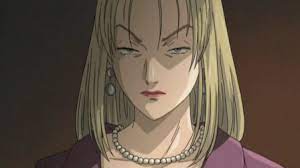
Well… What else can I say?
Monster is definitely one of the best stories I have ever seen. In fact, Monster should learn a lesson to MAPPA studio of how to fully adapt the Part 1 of Chainsaw Man. Also…. I won’t be surprised if Gosho Aoyama was influenced in a way by the work of Naoki Urasawa. And, with all due respect… I also believed that The Detective is Already Dead could learn a few lessons of this story.
Unpopular opinion, perhaps, but I need to mention it.
First and foremost, this is a real good thriller, because the story takes its time to present all of the character, Doctor Kenzo Tenma, Eva, Johan, and Anna Liebert, especially how f*%ed up Johan really is. And the mystery and inhumanity surrounding Johan and Anna is revealed in a way that it makes your heart pump. The tension is simply perfect, and the action scenes are realistic, yet entertaining.
The only misstep that I could find is that the story can be a bit slow, but that is necessary so the tension, the suspense, and the drama, which are also well-constructed, can be completely enjoyed. Because Monster is very careful of every detail. What do I mean by this? Simple. That everything is there to impact you. Either making you debate with yourself or having a hole in your heart. Monster is not just a cat and mouse story about a doctor trying to catch up a sociopath. It is a story of how that Monster was created, because Urasawa wanted to explore the deepest way of evil, not just in Johan, on how humanity can be twisted in its own way.
Secondly, the world-building is incredible. Sometimes I feel that Monster was taking me to a tour throughout Germany.
But along with all of that drama, tension and suspense, there are moments in which you see the best of humanity, ironically with Johan, but also with Tenma and Anna, because these two characters are like that. They are strong, yet compassionate. They have strong resolve, yet wonderful ideals. And through their journeys, we are able to meet other characters that, indirectly of directly, lead us, little by little, to know more about Johan and Anna.
It is very hard to explain, but Monster is basically a mixture of mystery, suspense, drama, and thriller, all surrounding the theme of the worst of humanity and how some individuals are the worst monsters, and the more you watch the episodes, the more you will feel the same impact that Tenma and Anna are experiencing through the actions of Johan, and if a story can make you feel that, that means is doing something incredibly well.
The same is happening with 20th Century Boys. But that’s another story.
Overall, the story of Monster is something you must experience by yourself, because it is so unique, the strength is on how is narrated, just like with 20th Century Boys, so heed my words. Monster is a monstrous roller coaster.
CHARACTERS

Again, all of the characters in Monster are as fantastic on the story. Urasawa-sensei built them with the same love and care that he did all of the rest. And there is something very peculiar about the supporting cast, and that is that the supporting cast are as valuable as the main ones, when you see the episodes, you immediately convince that they move the story alike with their simple actions. In other words, these are not simple extras, they are humans.
I know some of you will think I am exaggerating, but no. Like I said, it is better to watch these characters, than for me to describe them.
But if I have to pick some characters, those will three. Kenzo Tenma, because he is the personification of humanity, he is compassionate and egalitarian, but loyal to humankind, like a soldier of good. Johan, because he represents evil itself, manipulative, cunning, cold, ruthless, a perfect monster. And Nina, because she is like a dichotomy, of kindness and resentment, of light and dark, and of hope and despair.
Yeah. Kudos for Urasawa-sensei.
CONCLUSION
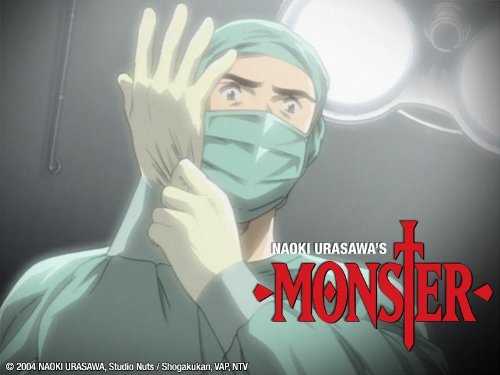
Naoki Urasawa’s Monster has a beauty that is very hard to put into words, but that is what making it so memorable and so open to binge again and again, like I said, it is a wonderful story of mystery, drama, tragedy, suspense, and thriller with the central them being how some individuals can be the worst monsters.
I will continue watching this anime, little by little because I haven’t recovered from the impact of Netflix’s Dahmer. Until then… I will get another kind of monsters to hug me.
My xenomorph.

Now. That’s what I called a spiked kiss.
